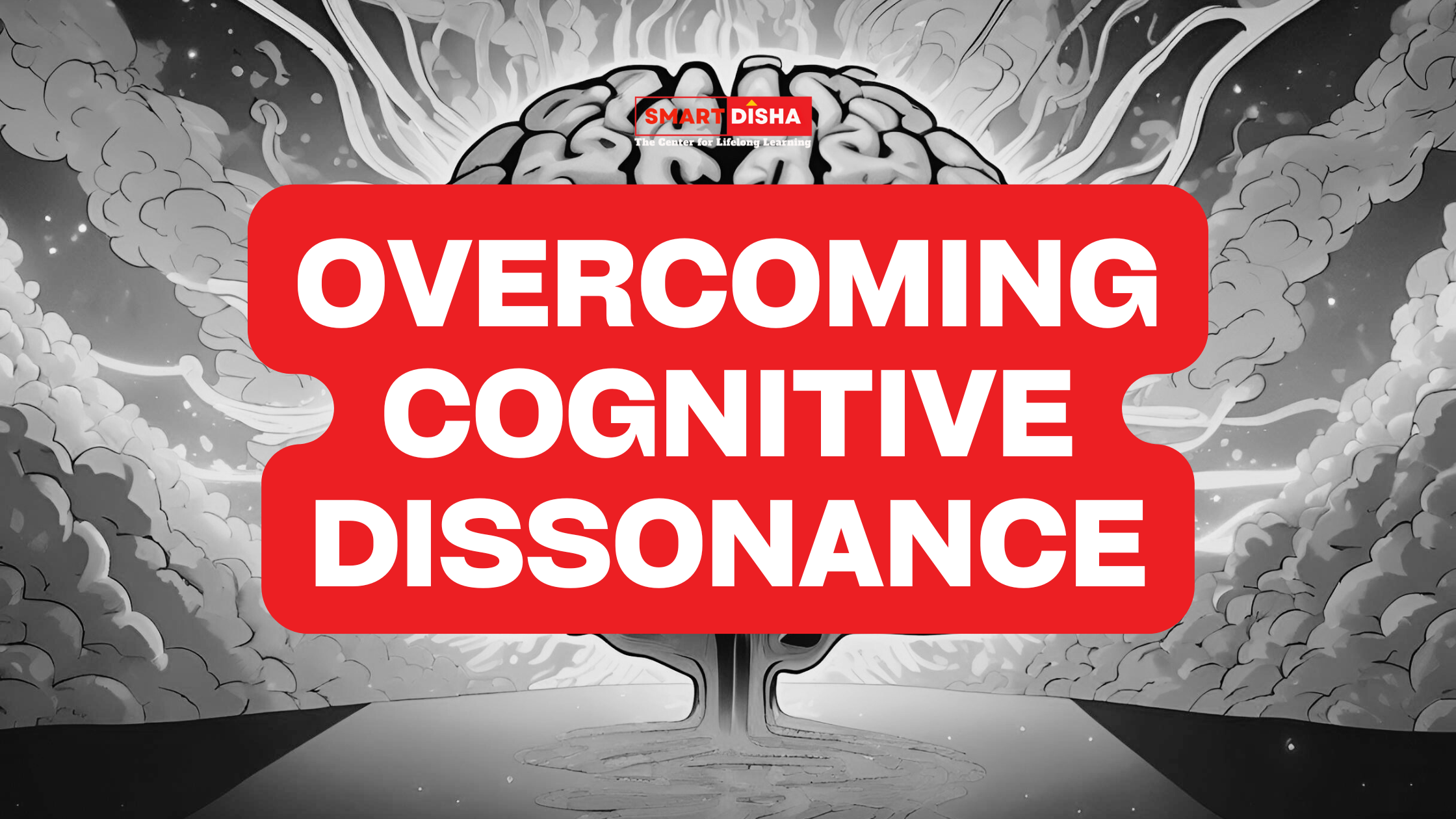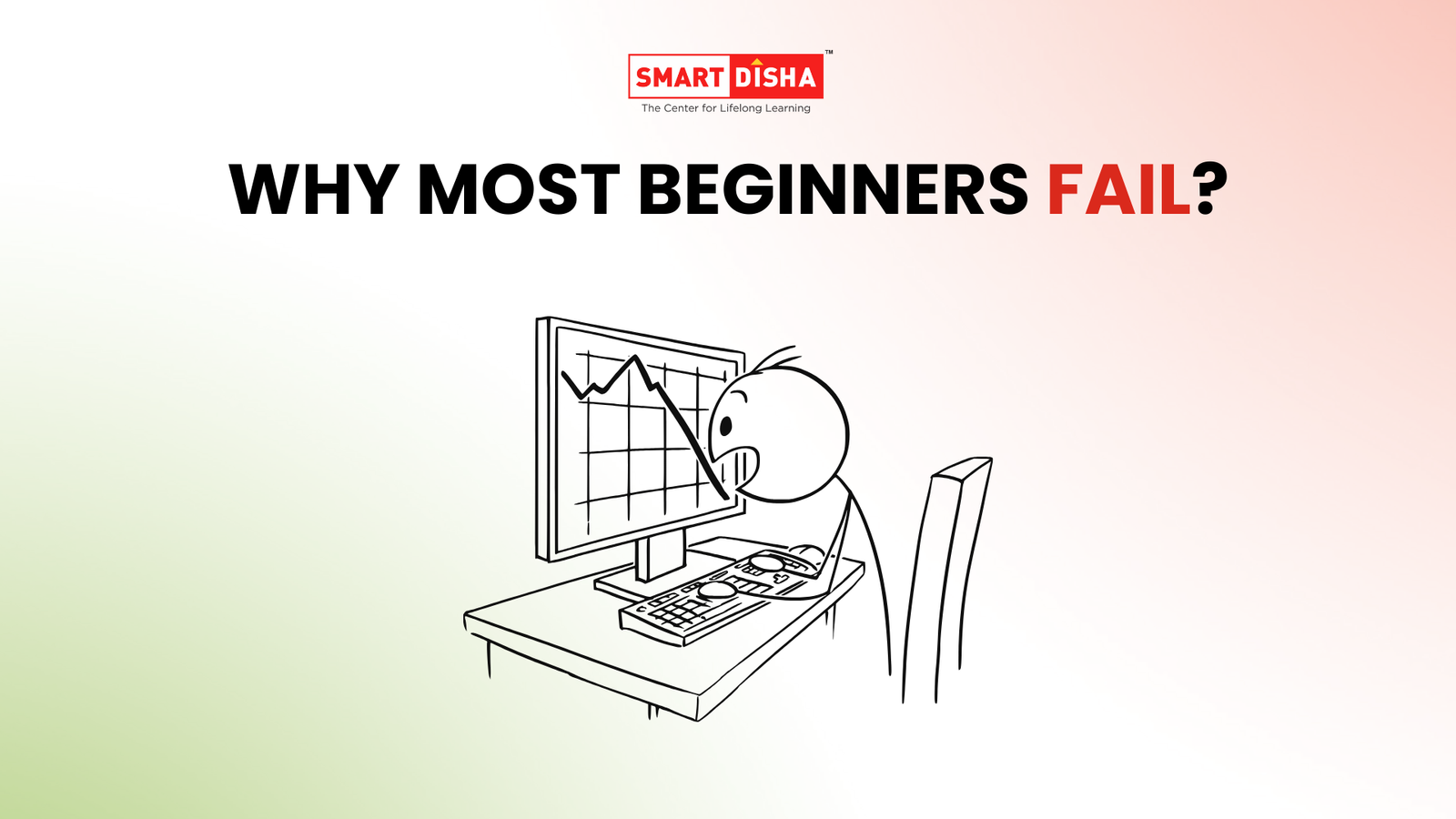Trading in the stock market requires discipline, emotional control, and a clear understanding of market conditions. However, many traders encounter psychological challenges that can cloud their decision-making process. One of the most common psychological hurdles is cognitive dissonance, a mental conflict that arises when a person holds two or more contradictory beliefs, ideas, or values. In trading, cognitive dissonance can significantly affect how traders interpret market data and manage their portfolios, often leading to poor decisions.
In this article, we’ll explore what cognitive dissonance is, how it manifests in trading, and, more importantly, how you can overcome it to make more rational and informed trading decisions.
What is Cognitive Dissonance?
Cognitive dissonance occurs when a person experiences discomfort due to holding conflicting beliefs or information. In trading, this often happens when a trader’s expectations do not align with actual market outcomes. For example, a trader might have a strong conviction that a particular stock will rise, but when the stock declines, they experience dissonance because the market behaviour contradicts their belief.
To resolve this discomfort, traders may attempt to justify or rationalise their original position rather than accept the new, conflicting reality. This can lead to biassed decision-making, such as holding onto a losing trade for too long, ignoring warning signs, or doubling down on a bad investment.
How Cognitive Dissonance Affects Trading
Cognitive dissonance can manifest in various ways during the trading process, often leading to detrimental outcomes. Some common effects include:
1. Refusing to Accept Losses
- Description: Traders experiencing cognitive dissonance may refuse to sell losing stocks, hoping that the market will eventually turn in their favour. They may convince themselves that holding onto the trade is the right decision, even when all signs suggest otherwise.
- Impact: Holding onto a losing position can result in larger financial losses, as traders become emotionally attached to their initial investment and ignore market signals.
2. Selective Attention to Information
- Description: When faced with conflicting data, traders may focus only on information that supports their initial belief or strategy, while ignoring any signs that point to an opposing outcome.
- Impact: This selective information gathering can lead to poor judgment, as traders become blind to critical factors affecting the market or their portfolio.
3. Doubling Down on Losing Trades
- Description: In an attempt to reduce cognitive dissonance, some traders may add to a losing position, believing that it will eventually pay off. This approach, known as “averaging down,” involves purchasing more shares of a declining stock to lower the overall purchase price.
- Impact: Doubling down on a losing trade can significantly increase risk exposure and result in larger losses, particularly if the market continues to move against the trader’s position.
4. Rationalising Poor Decisions
- Description: Traders may create rationalisations to justify staying in a losing trade or failing to cut losses early. They might tell themselves that external factors like market volatility or bad timing are responsible, rather than acknowledging their own flawed analysis.
- Impact: Rationalising poor decisions prevents traders from learning from their mistakes, ultimately hindering their ability to improve their trading strategies.
Examples of Cognitive Dissonance in Trading
1. The Dot-Com Bubble
- What Happened: During the late 1990s, many traders and investors were heavily invested in tech stocks, believing that the internet revolution would drive limitless growth. As tech stocks began to decline in the early 2000s, many traders refused to sell, convinced that the market would rebound quickly.
- Impact: Traders who held onto these stocks faced significant losses when the bubble burst, as their dissonance prevented them from accepting the reality of overvaluation in the sector.
2. The 2008 Financial Crisis
- What Happened: Leading up to the 2008 financial crisis, many investors ignored warning signs of a housing market collapse and continued to invest in mortgage-backed securities. When the market began to crash, some traders held onto these investments, unable to accept that the market was collapsing.
- Impact: Cognitive dissonance led to massive financial losses for many traders and institutions who clung to their original beliefs about the market’s stability.
How to Overcome Cognitive Dissonance in Trading
While it’s impossible to eliminate cognitive dissonance entirely, traders can adopt strategies to recognize and reduce its impact on their decisions. Here are some effective ways to overcome cognitive dissonance in trading:
1. Acknowledge Mistakes and Accept Losses
- Tip: One of the most important steps in overcoming cognitive dissonance is to acknowledge when a trade isn’t working and be willing to accept losses. Admitting that your analysis was wrong is crucial for maintaining discipline.
- Why It Works: Accepting mistakes helps you cut losses early, prevent larger financial damage, and focus on new opportunities with a clearer mindset.
2. Develop a Pre-Defined Trading Plan
- Tip: Establish a solid trading plan with predefined entry and exit points before making a trade. Stick to your plan even when market conditions trigger cognitive dissonance.
- Why It Works: A trading plan removes emotional decision-making by giving you clear, objective guidelines to follow, reducing the likelihood of acting on biased thinking.
3. Use Stop-Loss Orders
- Tip: Stop-loss orders automatically close a trade once it reaches a certain level of loss. This helps you avoid the temptation to hold onto a losing position for too long.
- Why It Works: Stop-loss orders take the emotion out of your trading decisions, forcing you to cut losses based on predetermined levels rather than reacting to cognitive dissonance.
4. Stay Open to New Information
- Tip: Make a habit of regularly reviewing all available data, including information that contradicts your existing beliefs. Embrace opposing viewpoints and reassess your positions when new facts emerge.
- Why It Works: Staying open to new information helps you maintain an objective view of the market, reducing the impact of confirmation bias and cognitive dissonance.
5. Keep a Trading Journal
- Tip: Document every trade, including the reasoning behind your decisions, the outcome of the trade, and how you felt during the process. This will help you spot patterns of cognitive dissonance over time.
- Why It Works: A trading journal provides insight into your decision-making process, allowing you to reflect on past trades and learn from both successes and mistakes.
6. Focus on Long-Term Goals
- Tip: Keep your focus on long-term financial goals rather than short-term market fluctuations. Avoid overreacting to day-to-day market movements that might trigger cognitive dissonance.
- Why It Works: A long-term perspective helps you avoid emotional reactions to short-term volatility, ensuring that your decisions are aligned with your overall investment strategy.
Conclusion
Cognitive dissonance is a powerful psychological force that can distort a trader’s perception of the market, leading to irrational decisions and increased risk. By understanding how cognitive dissonance works and adopting strategies like acknowledging mistakes, using stop-loss orders, and staying open to new information, traders can overcome this bias and make more informed, objective decisions.
In the world of trading, staying rational and disciplined is key to long-term success. By managing your cognitive biases, you can enhance your ability to respond to market signals effectively, improving both your performance and confidence as a trader




